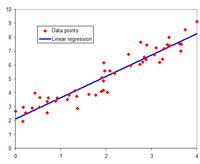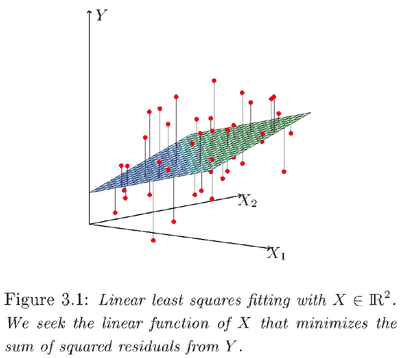The cube is a lie.
The square is a lie.
Even the line, is a lie.
Imagine two lines:
━ ━ ━
━ ━ ━
Or this way:
│ │
│ │
│ │
What is their relationship? Which is length? Which is width?
│
│
│━ ━ ━
If I rotated them, how would you know the difference? (Ignoring that these are different ascii characters...)
We think of dimensionality as a hierarchy; a one-dimensional line, two-dimensional square, three-dimensional cube, four-dimensional hypercube or time... but really, these are all single dimensions which may or may not have their own properties (is time just a rotation of space, or something fundamentally different?), which may very well be heterarchical, but we've chosen to think of them hierarchically.
And there is value in doing so, both because there is still clearly some kind of underlying systemic relationship, but also, having a shared understanding of what is up or down, left or right, lateral, before or after, or causal, is just a very useful assumption to make, and makes our perceptions of reality more communicable. Yet, when we fail to recognize that we are not always sharing this understanding, that our different perceptions may reflect the relativistic nature of reality itself, it only holds us back.
A zero-dimensional space is simply a dot. A line is a series of dots that can more parsimoniously be described by the equation Y=A+BX (or you may have learned it as Y=MX+B but it amounts to the same thing...). From the two-dimensional graph space, we can explain a series of dots in terms of their distance from a line cutting through them; the slope, B, being our one dimension.
To the extent that we can conceptualize information, data, as a series of zero-dimensional objects, and create lines and planes and hyperplanes, cutting through a graphical space necessarily at least one dimension larger than the shape we cut through it (this is related to degrees of freedom or rank in statistics), and use that to often quite effectively explain patterns and even create learning algorithms, is it hard to imagine that this might speak to the nature of physical and metaphysical reality as well? We have plenty of other reasons already to believe that reality is better explained via probabilities than causalities, admittedly outside of my wheelhouse.
Maybe all of these data are just being funneled through the fixed structure we think of as spacetime. But I dunno, maybe it makes more sense to think of reality as an "emergent" property of interactions of data- not that it can't be represented or interfaced with, but that, necessarily, part of the network exists in a larger (NOT "higher", necessarily) dimensional space than we can perceive all at once.
But it may not be that we can't perceive those other dimensions. Again, thinking of them as "higher" may be erroneous. It may just be that we can't perceive all of them at once; we may only be able to perceive, at most, n-1 of them at any one time.
But also, remember, these dimensions may themselves be unfixed, whether it's a matter of rotation, translation, reflection, or maybe even entire re-configuration.
They say that to effectively break the rules, you have to understand them first. I believe there is a numinousness that comes from the ability to think in terms of graphical representations, equations, and probabilities. Maybe it's all something between panentheism and animism? A series of wills superimposed on top of each other, a systemic or functional relationship between all things, each operating within their own dimensionalities; different frequency networks or phase networks, a push and pull of "spiritual forces", no one seeing all of reality, any one only seeing at most n-1 of it; none of it existing in isolation, every one making up its ever-changing totality.


This is fascinating stuff; I am reminded a little of the experiments from a couple years ago, where they were able to verify that an observer is able to determine if a photon is a wave or a particle long past the point where the waveform should have collapsed. Turns out reality actually IS what you make it.
ReplyDeleteQuantum is SO weird!
Ya quantum physics-y stuff was along the lines of what I was thinking of when I said some of this stuff is outside my wheelhouse haha, but I did a long time ago learn about Uncertainty within the context of signal processing as Gabor Uncertainty. Again the context is different, but it was independently conceived from Heisenberg and is basically the same concept. I don't feel like I have a deep enough understanding of that stuff anymore or offhand to make a strong claim about that though, but ya I think what I'm talking about here is converging on a similar idea, in a similar way as Gabor and Heisenberg converged on the same idea wrt Uncertainty.
DeleteI'm trying to thread this line here, where I think there's a useful analogy to be made between graph theory, consciousness, and reality, but also I don't want to overstate the analogy as reality per se, if that makes sense.